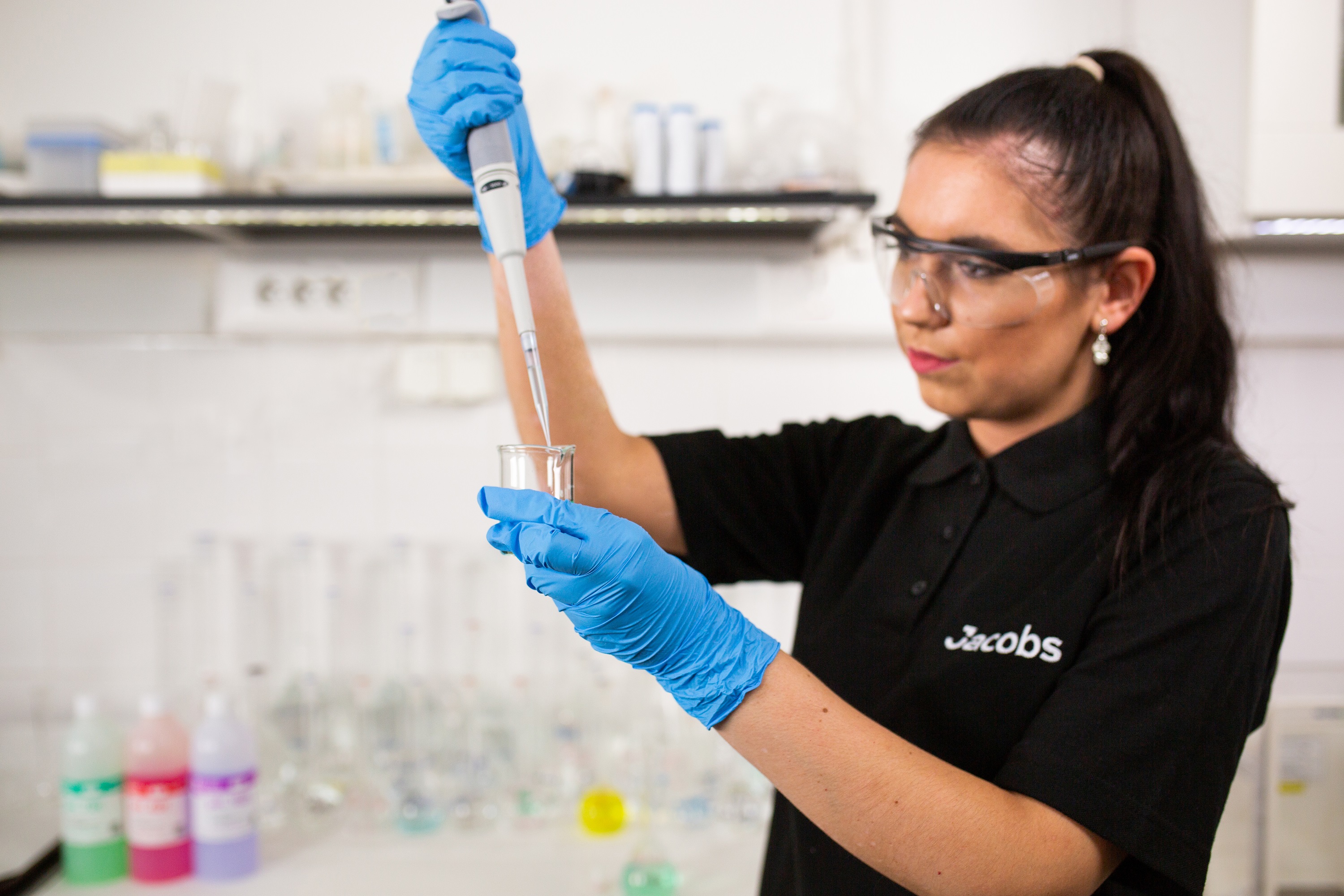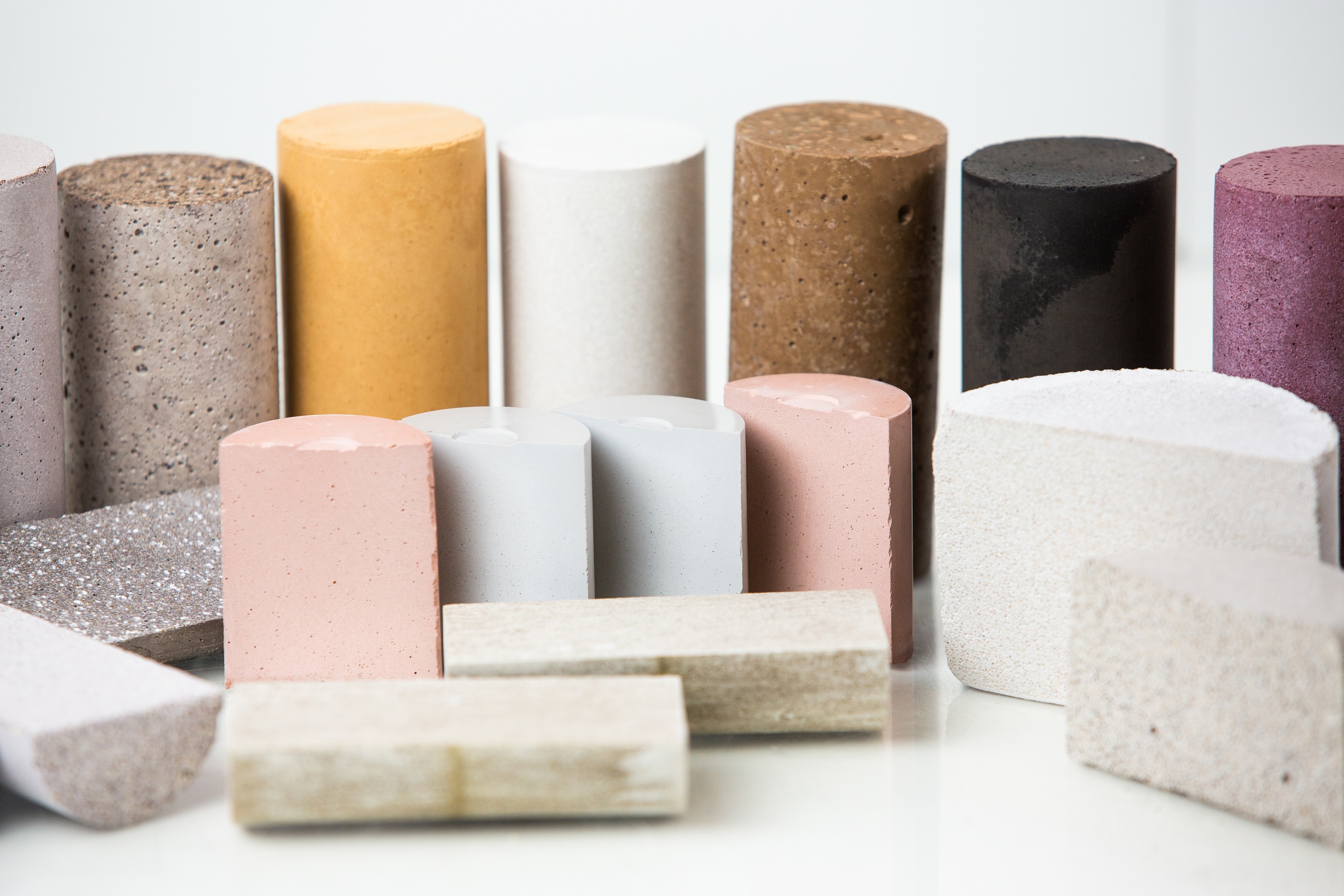SIAL® makes waste encapsulation better for the environment

Radioactive waste often has to be encapsulated for long-term storage. Usually, it’s placed in a steel drum that is filled with cement. But now there is a lower cost and more environmentally friendly option: SIAL®, a geopolymer encapsulation technology developed by Jacobs.
SIAL® allows on-site, room temperature conditioning of various standard and problematic radioactive waste streams including resins, sludge, liquid or crystalline borates, oils, other organic liquids, concentrates, and ashes.
To date, SIAL® has been used successfully to immobilize thousands of tonnes of waste from nuclear power plants in Slovakia and the Czech Republic.
The key benefits of SIAL® matrix technology include:
- The modular equipment used to deploy SIAL® is flexible, tailor-made and versatile. It can be taken to where the waste is located, enabling on-site operations and on-site waste conditioning and storage, avoiding any need for costly off-site treatment facilities.
- It’s low energy, environmentally friendly, non-explosive and non-flammable.
- The waste loading is often higher than can be obtained using a traditional cement matrix. This can reduce the overall volume of the end product, making it less expensive to store.
- Greater mechanical strength and lower leachability (the release of radionuclides through contact with water) than cement.
- Carbon emissions associated with the production of geopolymer encapsulants are ten times lower than with cement encapsulants. Cement also requires a significant amount of natural resources, such as limestone and fossil fuels.
The SIAL® matrix is a blend of inorganic compounds – mainly an alkaline solution and aluminosilicates – which are stirred directly into the waste to create a solid product. This is done at the point of retrieval making it an efficient way to treat liquid waste before transportation, storage and final disposal.
With only a small equipment footprint, the system is suitable for deployment close to the waste source and within site constraints.
Jacobs has a three-step approach to implementing the SIAL® process: characterization, pre-treatment and solidification. This is modified according to the composition of the waste material. The SIAL® process is tested on real samples of each individual waste stream so that an appropriate mixture of aluminosilicates and other inorganic compounds can be defined.
International interest in the technology is growing. Fuji Electric is conducting detailed analysis of problematic waste streams with a view to securing approval, licensing and application of SIAL® technology in Japan. Taiwan’s Institute of Nuclear Energy Research is carrying out tests into its use with Greater-Than-Class C (GTCC) low-level radioactive waste from nuclear power plants.
Jacobs is currently seeking endorsement to enable the use of SIAL® technology to store and dispose of higher activity waste in the U.K. and is applying its wider geopolymer encapsulation knowledge on a major waste retrieval and treatment project with the Alternative Energies and Atomic Energy Commission (CEA) in France.
For 20 years, SIAL® has been used successfully to process various problematic radioactive waste streams. The technology has been licensed for use by both the Slovakian (UJD SR) and Czech Nuclear (SUJB) regulators since 2003 and 2006.

SIAL® has been used to immobilize approximately 3,000 tons of radioactive waste, including sludge, resins, crystalline borates and contaminated organic waste, from Jaslovske Bohunice and Mochovce Nuclear Power Plants in Slovakia and approximately 300m³ of spent ion exchange resins and sludge from tanks at Dukovany Nuclear Power Plant in the Czech Republic.
International missions from the World Association of Nuclear Operators and the International Atomic Energy Authority’s Operational Safety Review Team have cited SIAL® as an example of good practice after evaluating its use at Dukovany.
Laboratory tests were carried out on each individual radioactive waste stream to determine the most appropriate mixture of aluminosilicate and other inorganic compounds.
Because the equipment used for the solidification process is modular, flexible, versatile, and relatively lightweight, the work was carried out close to the waste tanks inside the power plant.
This alleviated problems that commonly occur when transferring sticky and tight waste through long pipelines. The equipment was tailored to take account of the actual space available on the floor of the plant and the treatment process was remotely managed and controlled.
Sludge and resins were removed from tanks in two ways: Either the waste was mixed or suspended in a liquid slurry and flushed to a fixed location where a pump then removed it from the tank; or it was removed using a remotely operated vehicle which travelled across the surface of the waste and sucked it out through a pipe.
The waste was transported from the storage tank through plastic or metal tubing to a pre-treatment facility sited between 10 and 30 meters away. After disintegrating or dewatering, the pre-treated waste was then dosed into 200 liter drums and then solidified by gradually adding the SIAL® matrix components into the drum during mixing.
Marek Meciar
Jacobs
marek.meciar@jacobs.com